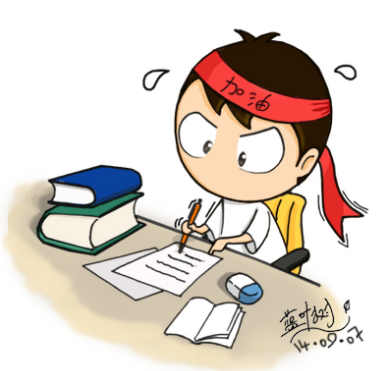
Part 1: Consolidation exercises
1. Write down the words according to the definitions.
1. ____________ To keep hitting hard repeatedly, esp with the fist.
2. ____________ a violent storm with extremely strong winds.
3. ____________ to make sb. believe; to persuade
4. ____________ Orderly and systematically
5. ____________ A container in which you wash you whole body
6. ____________ To break up, lose or cause to lose wholeness.
7. ____________ to move swiftly across the sky
8. ____________ To throw, esp. with force or violence
9. ____________ To pull or tear down
10. ____________ The soft part of a bed that you lie on
2.Fill in the blanks based on the general knowledge.
1.Depending on where they occur, tropical storms are labeled ________, ________ and ________.
2.Hurricanes are classified into ________ categories according to Saffir-Simpson Hurricane Wind Scale.
3.Currently, there are ________ lists of male and female names in ________ order used alternatively for hurricanes.
4.China Meteorological Administration adopts a color-coded warning system for severe weather conditions, such as extreme temperature, torrential rainfall, drought, etc. The alerts are labeled in blue, yellow, ________ and ________ from the lowest to the highest.
5.Although different from country to country, the emergency telephone number often consists of ________ digits so that it can be remembered easily and dialed quickly.
6.Worldwide, emergency services mainly deal with ________, __________ and medical rescues.
7.The European Union adopts ________ as an emergency number in addition to other local emergency numbers. In the United States and Canada, people dial ________ in case of emergency.
8.The ________, or the turning point of a narration, occurs when the conflicts reach the summit, and the most exciting action or highest tension occurs.
9.In general, there are four basic conflicts in a narration: man against man, _________, _________ and man against society.
10.The main character of a literary work, around whom the events of the narration revolve, is called the ________. Against him/her is the ________, a character or an institution that represents the opposition.
3.Judge if the following statements are true or false. Mark “T” for true and “F” for false.
1.Pop Koshak was an expert machinist and so took the job of preparing the generator for the hurricane. ( )
2.According to NHC, Hurricane Camille was the greatest recorded storm ever to hit a populated area in the Western Hemisphere. ( )
3.When the family were forced into the television room upstairs, Pop Koshak dragged a double mattress from a bedroom to make a lean-to against the wind. ( )
4.It was a painful time for the family to sort out the wreckage of the house, as it reminded them of the horrible experience in the storm. ( )
5.The story ended with the talk between John and his parents to show that people gained more than physical damage in the storm. ( )
Part 2: Extension exercises
1. The paragraphs are taken from the text you have learned. Try to translate them in your own way and then compare your version with the original one.
这时, 该地区的一些组织,实际上是全美国的同胞,都已向这个被飓风劫掠蹂躏的地区伸出了援助之手。天还没亮,密西西比州国民警卫队和一些民防单位便开进了灾区,疏导交通,保护财物,建立通讯联络中心,帮助清理废墟,并用车将无家可归的人送往难民收容中心。上午十时许,救世军的流动快餐车、红十字会志愿者及工作人员开始奔赴所有能够抵达的地方去分发热饮、食品、衣服和卧具。
2.Explain the following sentences in your own words.
1)、We’re elevated 23 feet.
2)、The place has been here since 1915, and no hurricane has ever bothered it.
3)、We can batten down and ride it out.
4)、The generator was doused, and the lights went out.
5)、She carried on alone for a few bars; then her voice trailed away.


